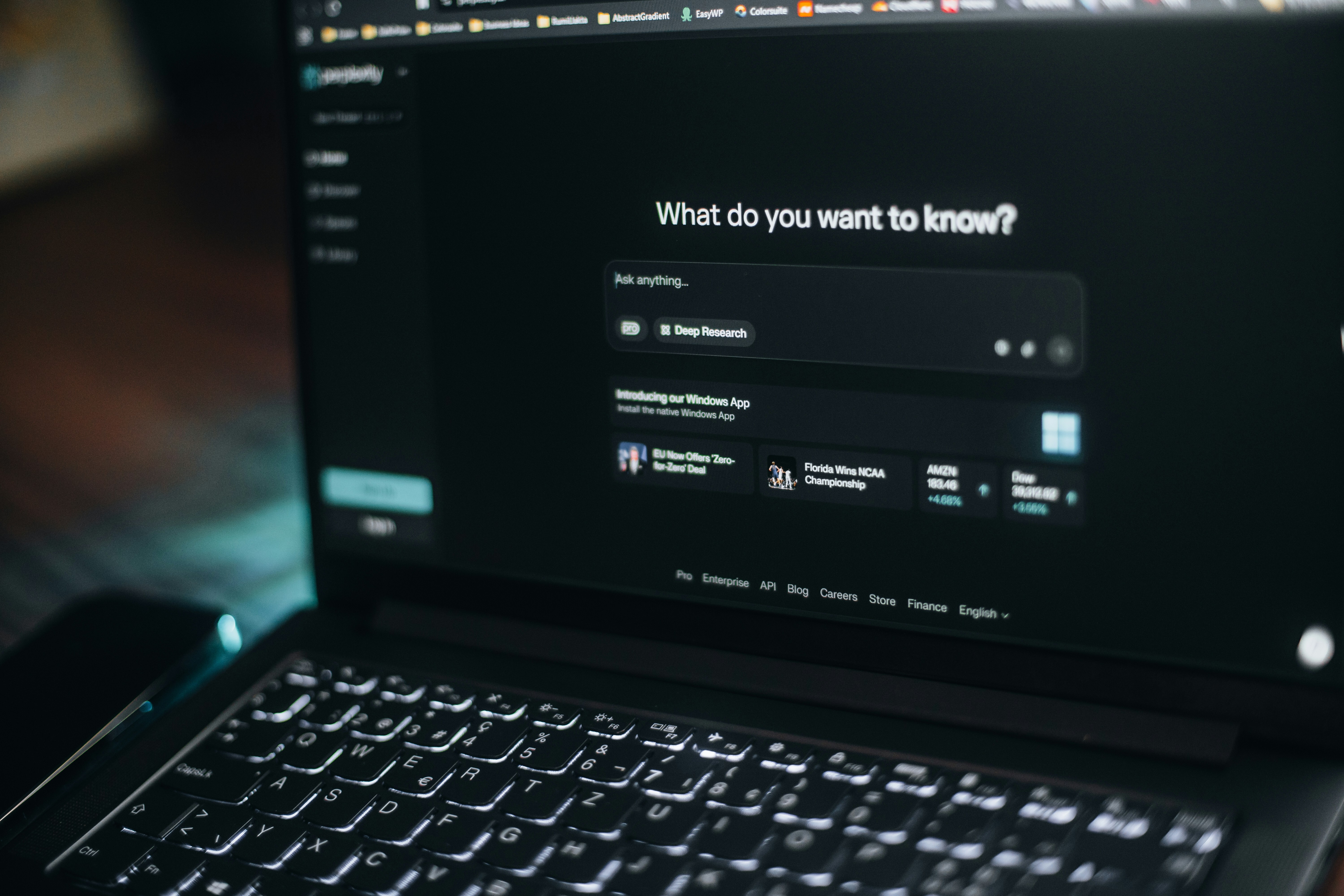Business Insurance in the Age of AI-Powered Cyber Crime

Tasks that once demanded rare skills or time-consuming manual effort (like credible social engineering, malware customization, credential harvesting at scale, or analysis of sprawling data sets) are now accessed, and accelerated, by widely available Artificial Intelligence tools.
Analysts tracking criminal innovation describe a pipeline of AI-enabled activity that has moved from “on the horizon,” to “emerging,” and is now on the verge of becoming “mature.” With each stage of innovation and development of AI technology removing human bottlenecks and amplifying the reach of the tools. This maturation matters to risk managers because it changes both the frequency and severity of cyber incidents: more attacks get launched, and more of them succeed, while the ones that do succeed are more expensive to clean up.
In other words, AI doesn’t just add a few new threats, it facilitates the ability to further engineer known threats too.

AI Enabled Crime, a year in review
The past 12 months have offered very real examples of how quickly misuse of developing technology can evolve into industry-standard criminal practice. Large Language Models (LLMs) have been used to set up extortion and fraud campaigns with extremely unsettling psychological finesse; one threat report highlighted a “vibe-hacking” scheme that used AI to manipulate victims' emotions as part of an extortion attempt. Meanwhile, lawmakers in the USA and other countries are treating AI-enabled exploitation as a systemic risk category that crosses privacy, national security, and consumer protection lines, a reality underscored by a U.S. House Judiciary hearing convened specifically on “Artificial Intelligence and Criminal Exploitation.” The combined signal is that AI is not a theoretical edge case in cyber risk, it is now part of the baseline and present across all industries and walks of life.
What distinguishes the present climate of cybercrime from earlier waves of simple automation, is the quality and speed of deception with regards to the many new AI-enabled tools available around the world.
Deepfaked audio can pass a phone verification. Synthetic video can sell a fraudulent directive to a finance team. Context-aware text generators can create bespoke spear-phishing campaigns at industrial scale. Researchers who map the potential “future crime” risks of AI rank fake audio and video among the most consequential threats because they collapse trust in identity, provenance, and workflow; three pillars on which modern business processes rest. Once those pillars wobble, downstream controls such as dual authorization, out-of-band call-backs, or manual reviews become less reliable and more expensive to maintain.

Securing AI Risks with Cyber Insurance
Against this backdrop, cyber insurance for businesses has two indispensable roles.
Firstly, Cyber Insurance is able to finance the costs associated with an AI-accelerated incident. Many modern cyber insurance products offer capacity to support your technical triage to “stop the bleeding” from an AI event, the forensic work to understand what happened and why, the legal and regulatory response required when personal or confidential data is involved, and the communication and PR costs needed to preserve trust with your customers.
Secondly, Cyber insurance buys time.
Cyber insurance coverage can provide the working capital and expert support that keep operations moving while systems are being restored and relationships repaired. Properly structured cyber insurance is not a generic add-on; it is a bespoke contract designed to map to the specific digital risks a company faces today, including those evolving threats amplified by AI.
The biggest mistake a company can make in the modern business environment is assuming that their traditional insurance coverages will be enough protection to weather any storm. Property insurance is built for physical loss or damage, public liability addresses bodily injury and third-party property damage arising from negligence, professional indemnity covers claims about your advice or services.
None of those insurance products is designed to pay the bills when an Artificial Intelligence driven phishing campaign accesses your cloud credentials, locks your file systems, and exposes client records. This is why cyber insurance exists, to respond to digital perils that other policies expressly exclude or simply never contemplated in the first place.
The structure of a well-constructed cyber insurance policy reflects the way AI-enabled crime actually unfolds.
When an attacker lands on your website or networks, you’ll want immediate access to incident response coordinators and digital forensics to contain, investigate, and restore your systems. If your network and computers are encrypted or wiped, you’ll need restoration and data-rebuild capabilities. If a ransomware threat demands payment to unlock systems or suppress stolen data, extortion response and negotiation support come into play.
If operations stall for days or weeks because the attackers still have control of your servers, business interruption coverage helps replace lost income and fund extra expense, keeping key processes live through workarounds. Should personal client data be exposed, privacy liability, regulatory response, and crisis communications teams help address notification obligations, regulatory inquiries, and reputational harm.
The right cyber insurance policy doesn’t just reimburse you against your financial losses, it connects you to a playbook and people who have handled this exact type of incident before. So you can focus on recovering from the event, and what actually matters; your business.

Considering AI threats and your exposures
When it comes to cyber insurance, Artificial Intelligence risks specifically heighten the need for three coverage conversations that should be happening in board rooms and C-suites around the world.
The first major consideration concerns social engineering and fraudulent instruction losses. Because AI and LLM tools make impersonation so convincing, especially with synthetic voice and video, many cyber-attacks today center on tricking a well-placed employee or vendor into authorizing a payment, or changing banking details. Some forms of cyber coverage offer specific insuring agreements for these “electronic crime” perils while others require endorsements. The key is to align your contract language with the way your finance team actually moves money and verifies identity, because deepfakes are designed to blend seamlessly into those routines.
The second conversation revolves around data exfiltration at scale. LLM and AI assisted scripts make it easier to find, package, and leak high-value data. Coverage that addresses, not just breach notification, but also downstream claims, credit monitoring, and regulatory fines where insurable by law, will matter more as the scope of data events grows.
The third conversation concerns the resilience of your own AI stack and internal systems. If a generative engine that supports customer service, fraud screening, or supply chain optimization goes offline due to a cyber event, you want to be sure your business interruption language on any insurance policy captures outages of third-party platforms (as well as your own systems) and that any waiting periods and sub-limits reflect how your revenue is actually earned.

AI Insurance beyond Cyber Protection
The emergence of Artificial Intelligence systems also complicates liability considerations beyond pure cyber protection.
Consider what happens when an AI-infused product or service generates harmful advice, infringes copyright, defames a third party, or misclassifies a customer in a way that causes a loss. Those are classic professional services and media liabilities, which live primarily in errors-and-omissions policy language rather than cyber coverage. Many organizations and businesses across the world are now auditing whether their E&O coverage includes protection for AI-mediated conduct; particularly where chatbots, automated decision systems, or model-generated content interact with customers.
Getting that boundary right matters, because cyber insurance policies typically address malicious digital events, while professional indemnity is calibrated to your own negligent acts, errors, or omissions. They are complementary risk management solutions, not substitutes for each other.
Further to this, Governance risk at the board level is evolving in parallel with the threats presented by AI and LLM tools.
Directors and officers are being asked to demonstrate prudent oversight of AI adoption and cyber resilience, and regulators are sharpening expectations around disclosure, controls, and incident handling. If investigations or civil actions allege mismanagement of cyber or AI risks, for example, inadequate controls, misleading statements about safeguards, or failures to respond, Director’s and Officer’s liability coverage is the backstop for defense costs and certain resulting losses, subject to the policy’s terms and any jurisdictional limits on insurability.
Treat that protection as part of a stacked defense alongside cyber and professional lines rather than as an afterthought.

Risk Management for the Modern World
AI and LLM tools have collapsed the cost of credible deception and industrialized attack speed, so resilience now rests on pairing disciplined controls and rehearsed human verification with a cyber policy engineered for today’s failure modes, aligned cleanly with professional indemnity, media liability, and directors’ and officers’ protections.
Because AI-enabled crime crosses borders and vendors, definitions, triggers, waiting periods, and sub-limits should be tuned to how your organization actually earns revenue, stores data, and relies on third-party platforms.
The practical question is no longer if or when but how prepared and how financed; enterprises that treat insurance as an instrument of operational continuity, integrated with governance and security, will convert worst-day shocks into manageable events and safeguard customers, balance sheets, and leadership credibility.
For more information about Cyber Insurance, ASK CCW – where your insurance is always Swift, Simple, and Sorted.



